Small changes make a big difference for children of all abilities
As William descends from the very top of the play structure to the bike path for the first time, he grins from ear to ear and exclaims, “I did it all by myself!”
This might sound like a typical experience for a 6-year-old child, but it was a very special moment for William because he uses a wheelchair. At the Siskin Children’s Institute in Chattanooga, Tenn., children with and without disabilities play together on colorful play structures, swings, and slides. The fully integrated and universally accessible playground is a place where all children can explore, imagine, create, learn, and just have fun playing with their friends.
“The children’s response to the playground has been incredible,” says Lisa Moore, assistant director of programs at Siskin Children’s Institute. “We see them accessing the playground in so many new ways. They are learning, alongside their friends, through play and exploration.”
Sadly, most people with disabilities are unable to share William’s experience. Although an estimated 55 million Americans have a disability, few communities have playgrounds that are designed to accommodate children of all abilities. Because play is an essential part of a child’s development, it is vital for playgrounds to offer enriching experiences for all children.
The good news is that creating a fully integrated and universally accessible playground is easier than most people think. By planning ahead, the Siskin Children’s Institute was able to make small changes that have made an incredible difference in the lives of children with special needs. Armed with knowledge, a willingness to be creative, and a dedication to do the right thing, any organization can create a playground that is challenging and fun for all children.
Success in Planning
Siskin Children’s Institute had the opportunity to plan for a state-of-the-art playground when it created its new 62,000-square-foot facility several years ago. It started the planning process by forming a playground committee comprised of teachers, therapists, administrators, parents, architects, landscape designers, and community partners. Through its research, the committee discovered Boundless Playgrounds, a non-profit organization that helps to create playgrounds where children of all abilities can play together.
Siskin Children’s Institute operates a school that serves children with special needs and typically developing children ranging from 6 weeks to 7 years of age. To meet the needs of the 100 children enrolled in its programs, the Institute set out to create a universally accessible playground that would comply with the Americans with Disabilities Act. But it also wanted to reach beyond ADA requirements and create a fully integrated playground that would allow children with and without disabilities to play together side by side.
With direction from Boundless Playgrounds designers, the committee determined the types of play experiences that would be best suited for its student population. In addition to being accessible for all children, the playground needed to be an outdoor classroom for teachers and therapists. It was crucial to choose interesting equipment that would challenge the students to be creative and adventurous while also offering the staff unique opportunities for education and therapeutic intervention.
Selecting the playground vendor was the next step in the planning process. GameTime in Fort Payne, Ala., proved to be a wonderful partner due to its quality equipment and its dedication to developing play pieces for children with disabilities.
Today the playground serves as a learning lab where students, teachers, and parents test out new equipment and share their findings with GameTime. This input has helped the company’s equipment designers and engineers best meet the needs of children with disabilities. “We were excited to partner with Siskin Children’s Institute,” says Eric Denning of GameTime. “One of the things we decided to do was create a playground that will continually evolve.”

Poured-in-place rubber surfacing helps children safely transfer from play structures to adaptive equipment.
A Magical Play Space
The vibrant colors and the innovative environment fascinate children of all ages and allow the staff to naturally embed learning opportunities into the outdoor play space. Teachers and therapists utilize the playground for developmental goals and objectives. A comprehensive team of professionals uses the playground equipment and variety of surfacing materials to facilitate motor skills, sensory stimulation, socialization, and communication with peers.
The 13,000-square-foot playground is designed to serve a variety of age groups. The infant and toddler structure is a unique maze of play panels that allow children to toddle and explore. It is mounted at ground level and features poured-in-place rubber surfacing to ensure accessibility for the youngest student.
The 2 to 5-year-old structure has multiple transfer decks to encourage those in wheelchairs or walkers to transfer onto the structure to play. Unique features on this piece include a climber that has been customized to provide better stability for students with visual and motor difficulties. An overhead ladder—an item not typically found on a 2 to 5-year-old structure—encourages students in a wheelchair or other children who can reach the bars to develop upper body strength. An encapsulated tunnel inspires fantasy and dramatic play.
On the 5 to 12-year-old structure, transfer decks and handrails help facilitate independence. Ramps and decks of various heights allow children with physical disabilities to reach the very highest point on the structure. Diverse play choices, including play panels, are offered at each platform. Some of the panels have been modified and raised so that a wheelchair can roll up underneath them while others have a lower height to offer variety.
The playground also features common areas where children of all ages can gather and interact. The Tree House is a popular place for students of all ages and abilities as it is built into a grassy sloping hillside. Students approach the Tree House by a ramp or by running up the hill. Teachers often gather groups of children under the large covered deck area to sing songs, tell stories and promote social interactions.
A Multi-Sensory Experience
Lush landscaping plays a valuable role on the playground, both in a multi-sensory capacity and in creative ways as a safety feature. Instead of using walls or fences between age-appropriate play structures, plant materials were strategically placed as barriers. A row of evergreen bushes lines the edge of the swing area to naturally redirect children and prevent them from getting hit by swinging feet.
A children’s sensory garden is at ground level so that all children can venture in to experience the splendor of various colors, textures, smells, and even tastes. The garden also offers a wonderful opportunity for teachers to bring their curriculum outdoors and talk about nature, plants, weather, and every child’s favorite—bugs!
A playground wouldn’t be complete without a play area where children can get messy. By choosing a three-tiered sand and water table, students of all heights and abilities can play together side by side. A large ground-level sand pit offers full-body sand play and manipulatives such as buckets, shovels, and dump trucks. The area also showcases sand diggers that were modified to allow students in a wheelchair or a walker to dig in the sand. GameTime simply removed the seats and positioned the diggers close to the paved walkway.
The sensory experience also includes sound and musical activities. A metallophone and animal drum from Sound Play allow children of all abilities to gather and make music. The heights of the musical instruments were modified slightly to allow every little musician to perform with his or her friends.
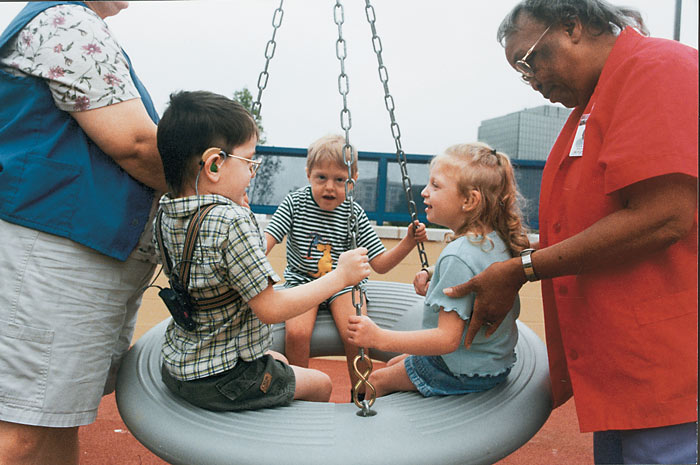
The tire swing is a popular place for children with disabilities to swing right alongside their typically developing peers for a truly integrated experience.
Kids In Motion
Since children are always eager to be in motion, the playground includes a pathway that can accommodate adaptive equipment and wheeled toys—wheelchairs, walkers, bicycles, tricycles, and wagons. The pathway winds through the playground, connecting activity areas and providing a walkway for adult supervision. A copper trellis wrapped in a climbing vine covers one section of the pathway and sprays a light misting of cool water onto children below. Segments of the pathway are textured with grooves and stamped concrete to give a bumpy sensation to those on wheels.
When asked what types of play experiences should be included, teachers and students overwhelmingly agreed that swings were a must. A variety of swings are found on the playground, but the Tire Swing is the most popular. Students of all abilities can be found seated around the swing, holding on to the chains and spinning through the air.
The newest addition to the playground is the GameTime Adaptive Swing Seat. It is equipped with a five-point harness system that accommodates children who need more upper-body support while swinging. The adaptive swing can accommodate children of all sizes—and even some adults! One teacher commented that the adaptive swing gives her students the support they need to keep them safe, while still giving them the sensation of swinging through the air.
Reaching Out
With the help of passionate and innovative partners, the Siskin Children’s Institute has created a playground for children with developmental, physical, and cognitive disabilities. But what makes this play space even more special is that it also challenges typically developing children. From the start, the Siskin Children’s Institute hoped to create a universally accessible and fully integrated playground so that children with and without disabilities could play alongside each other. What the organization learned is that small changes in equipment and design can create a magical and stimulating environment for all children.
Once you have witnessed a fully integrated and universally accessible play environment in action, the desire to duplicate it becomes highly contagious. In Chattanooga, the playground at Siskin Children’s Institute has inspired the local children’s museum, YMCA, and city parks department to incorporate changes in their play spaces. To facilitate the process, Siskin Children’s Institute offers training, educational resources, and tours of its playground.
“We hope that our commitment and passion will challenge other organizations to do as we did,” says Lisa Moore. “It is important to not only meet minimum ADA standards but to far exceed them so that all children can experience the childhood joy of playing with their friends on the playground.”
For more information contact:
Siskin Children’s Institute
1101 Carter Street
Chattanooga, TN 37402
(423) 648-1700
TTY (423) 648-1739


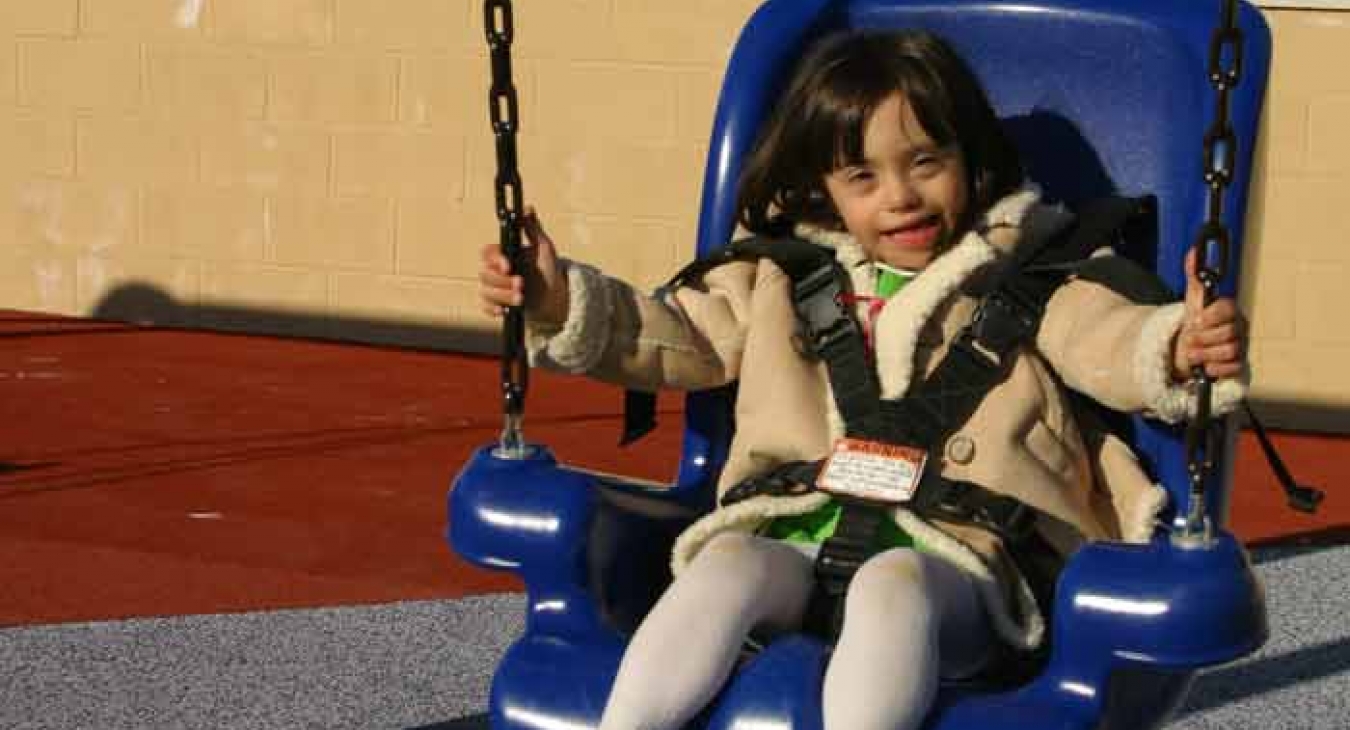

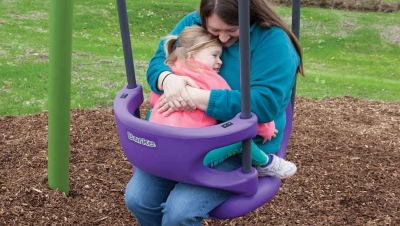
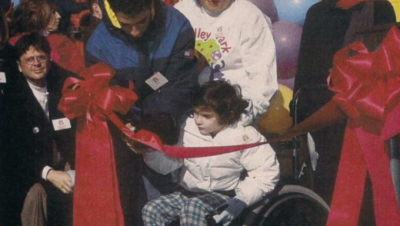

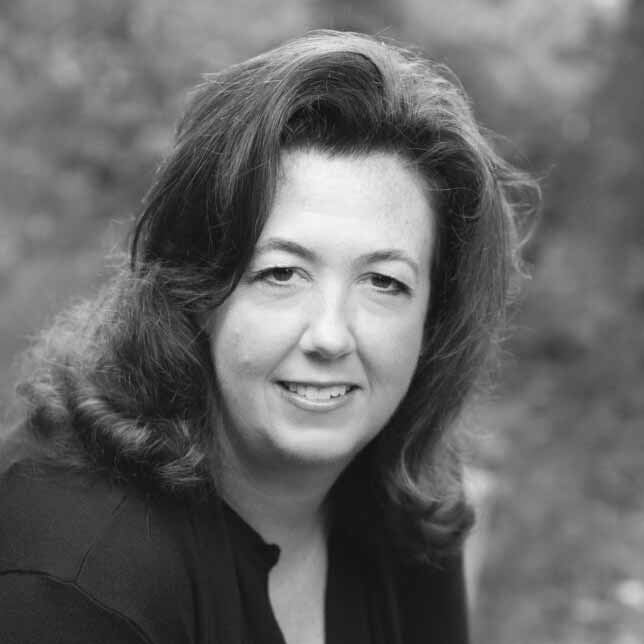

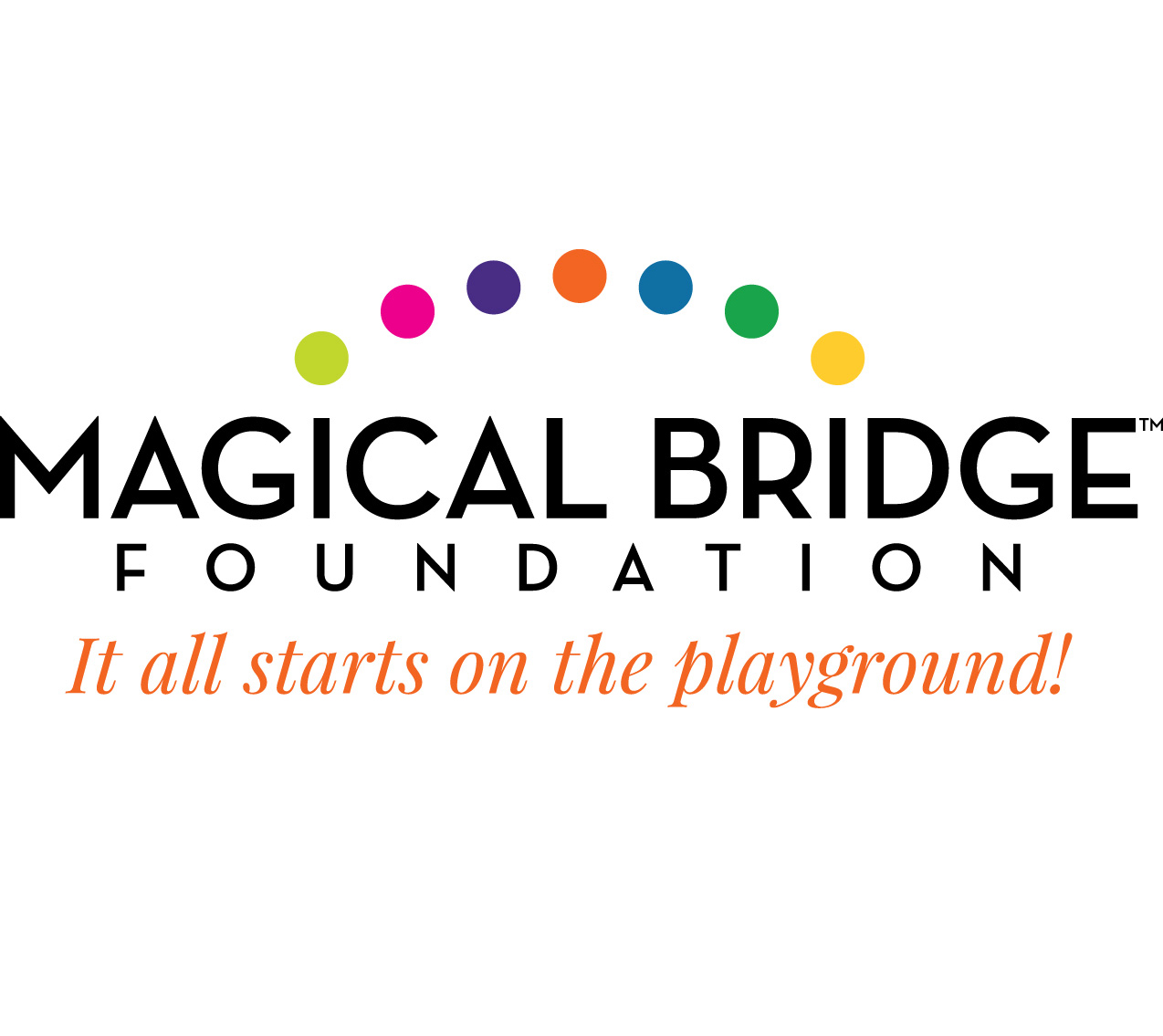



Add new comment